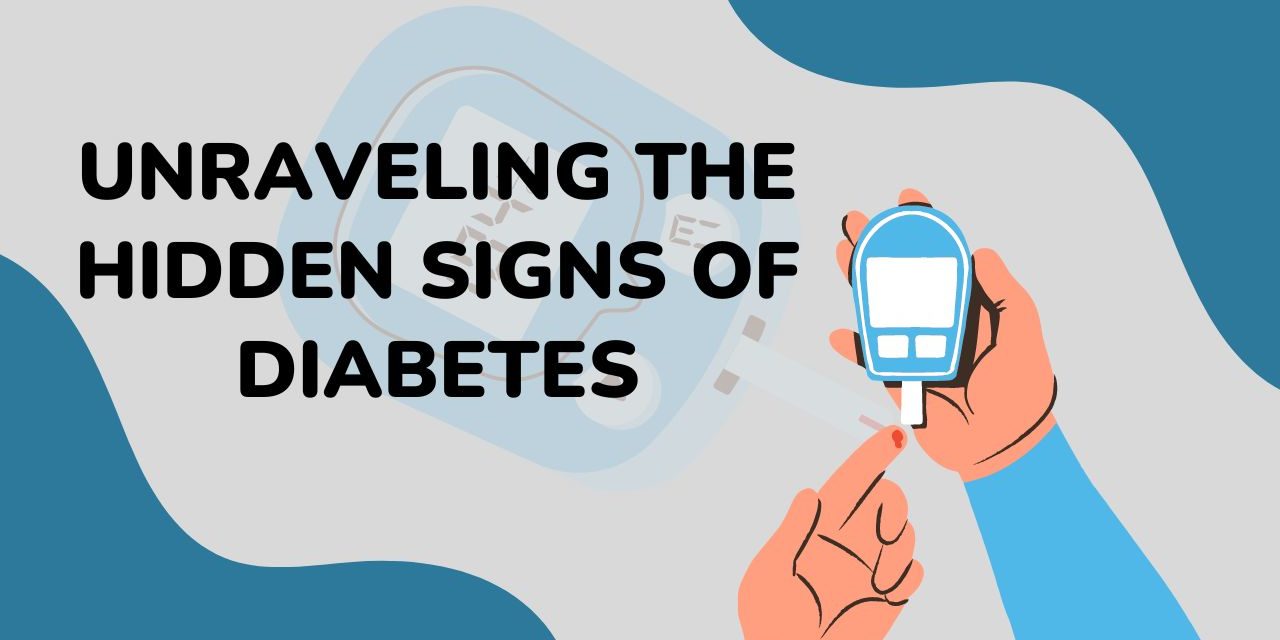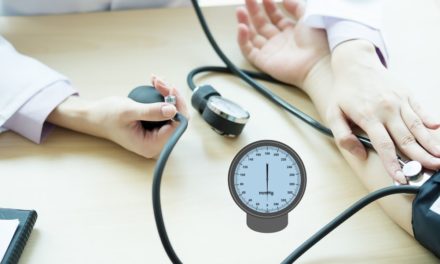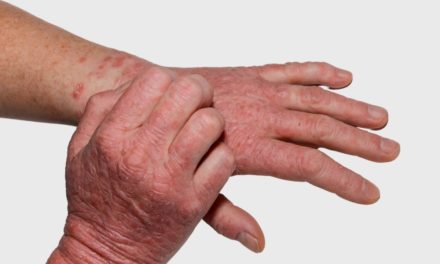Introduction:
Diabetes is a deadly disease that affects millions of people worldwide. It is characterized by high blood sugar levels, either as a result of insufficient insulin production or ineffective use of insulin by the body. While the common symptoms of diabetes such as excessive thirst, frequent urination, and unexplained weight loss are well known, there are also many hidden symptoms that often go unnoticed. In this blog post, we’ll review the lesser-known symptoms of diabetes, helping you recognize the subtle warning signs and seek early diagnosis and treatment.
Increased tiredness and fatigue:
Feeling excessively tired or fatigued even after a good night’s sleep can be a sign of diabetes. The body’s inability to use glucose as a fuel source leads to decreased energy levels, resulting in persistent fatigue.
Blurred vision:
High blood sugar can cause changes in the lens of the eye, which can cause blurred vision. If you notice sudden changes in your visual acuity or difficulty concentrating, it is important to check your blood sugar levels.
Treatment of slow wound:
Diabetes affects the body’s ability to heal wounds effectively. If you experience slow healing of cuts, bruises, or sores, this could be an underlying symptom of diabetes. High blood sugar levels affect the immune response and circulation, prolonging the recovery process.
Recurrent infections:
People with diabetes are more prone to infections due to compromised immune function. Recurrent yeast infections (such as oral thrush or genital infections), urinary tract infections, and recurring skin infections may indicate the presence of diabetes.
Increased appetite:
Although unexplained weight loss is often associated with diabetes, increased appetite can also be an early symptom. When blood sugar levels are high, the body’s cells may not be getting enough energy, leading to hunger pangs.
Numbness or tingling in limbs:
Diabetic neuropathy, nerve damage caused by high blood sugar levels, can cause numbness or tingling in the hands, feet, or legs. This symptom, known as peripheral neuropathy, is more commonly experienced in people with long-standing, uncontrolled diabetes.
Dark spots on the skin:
Acanthosis nigricans is a condition characterized by dark, thickened patches of skin, often appearing on body folds such as the neck, armpits or groin. This skin discoloration is more common in people with type 2 diabetes and can serve as a warning sign for the disease.
Result:
Recognizing the hidden symptoms of diabetes is crucial for early detection and management of the condition. If you experience any of these symptoms, it is important to consult a healthcare professional for proper diagnosis and treatment. Remember, early intervention and lifestyle changes can significantly improve the long-term prognosis of diabetes and reduce the risk of complications. Be vigilant, prioritize your health, and take the necessary steps to uncover hidden diabetes symptoms.










